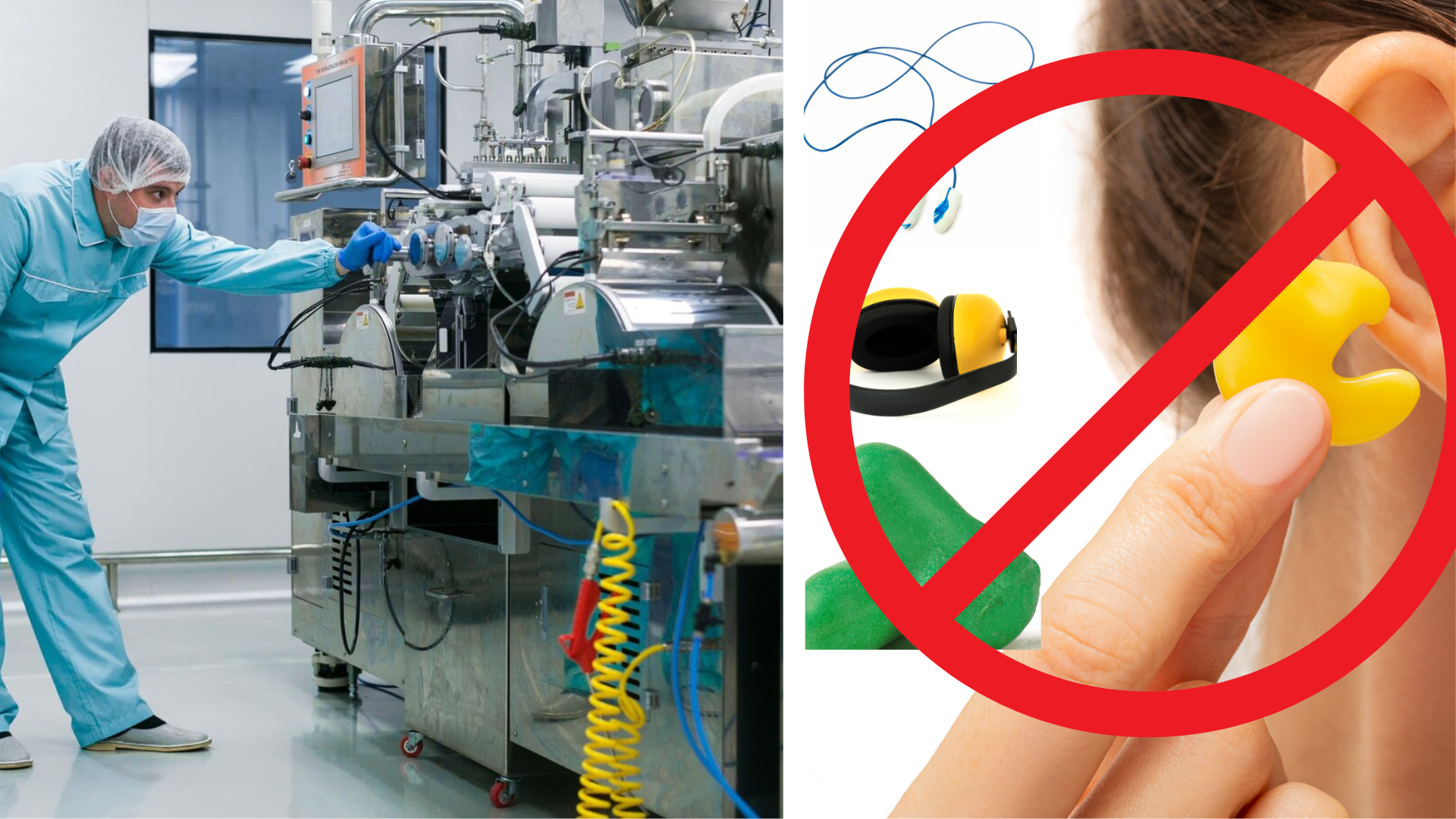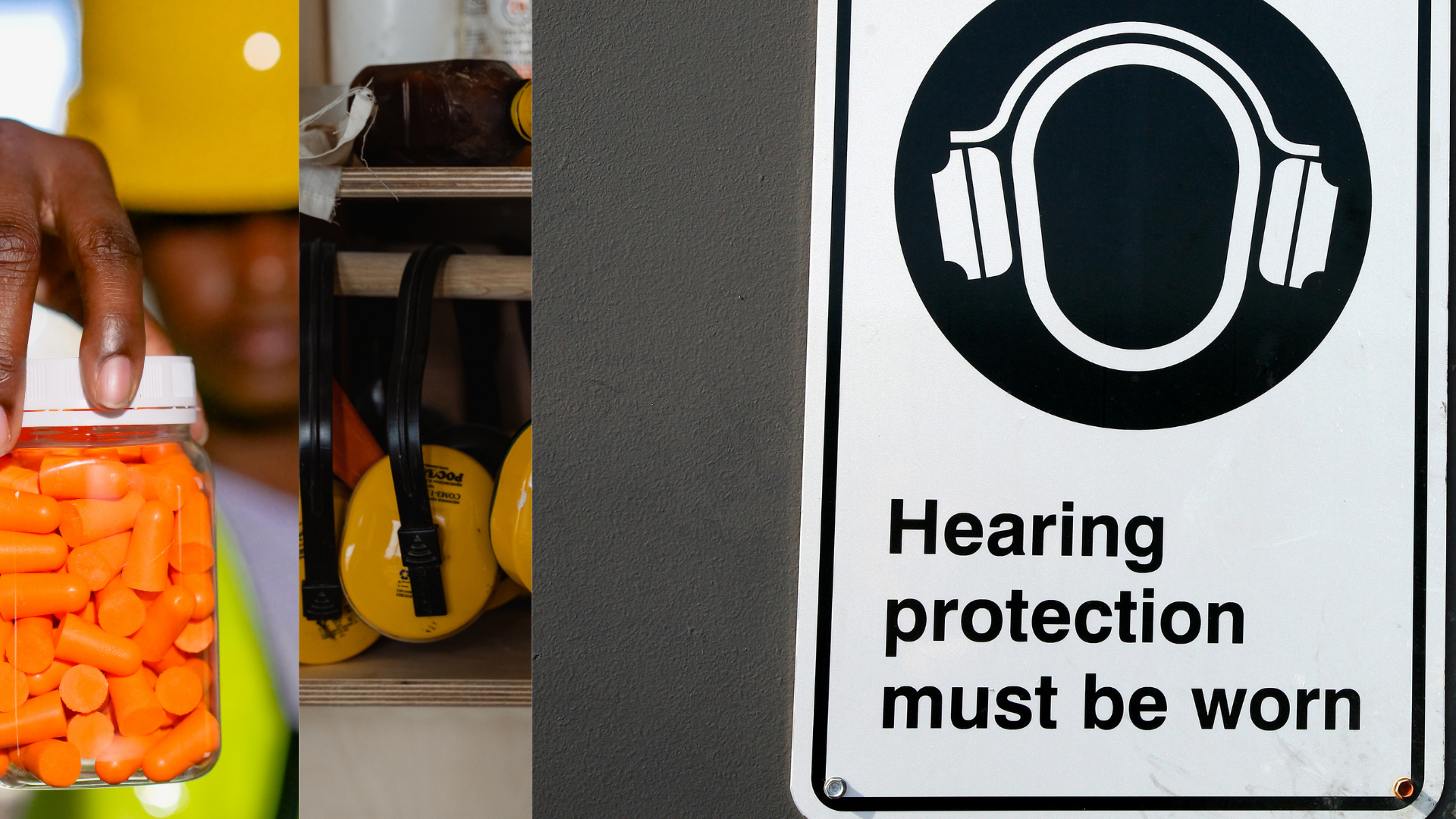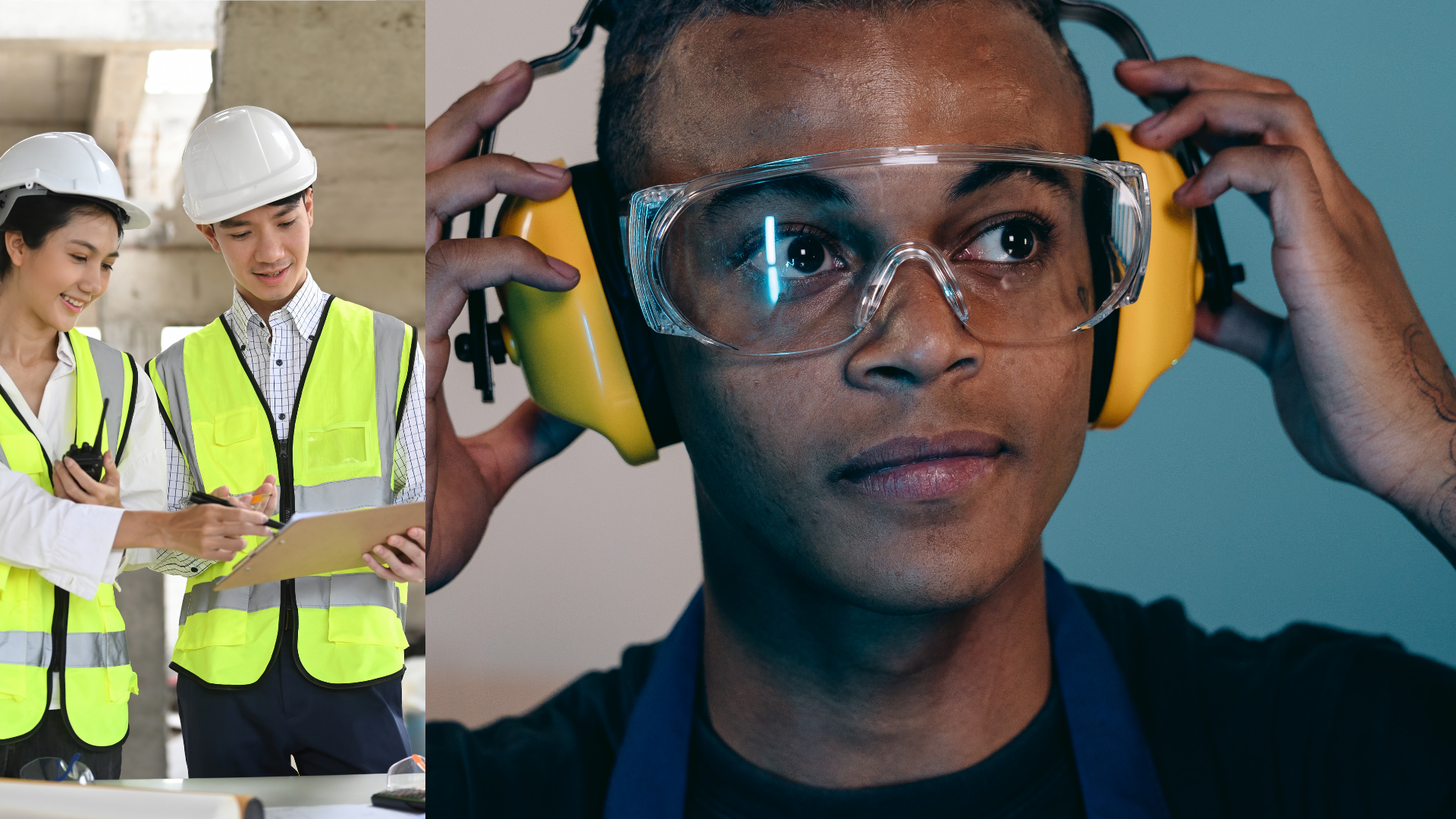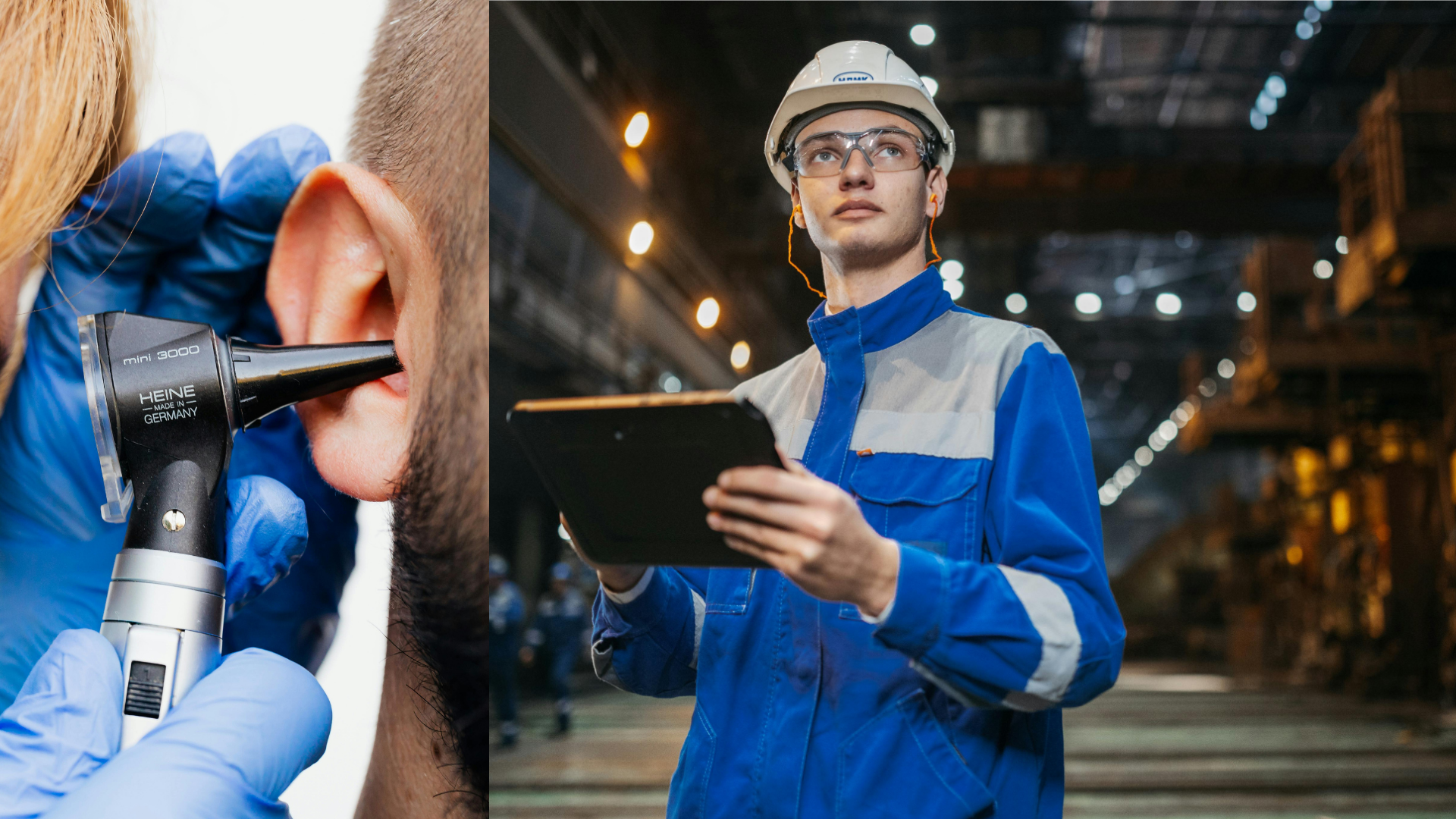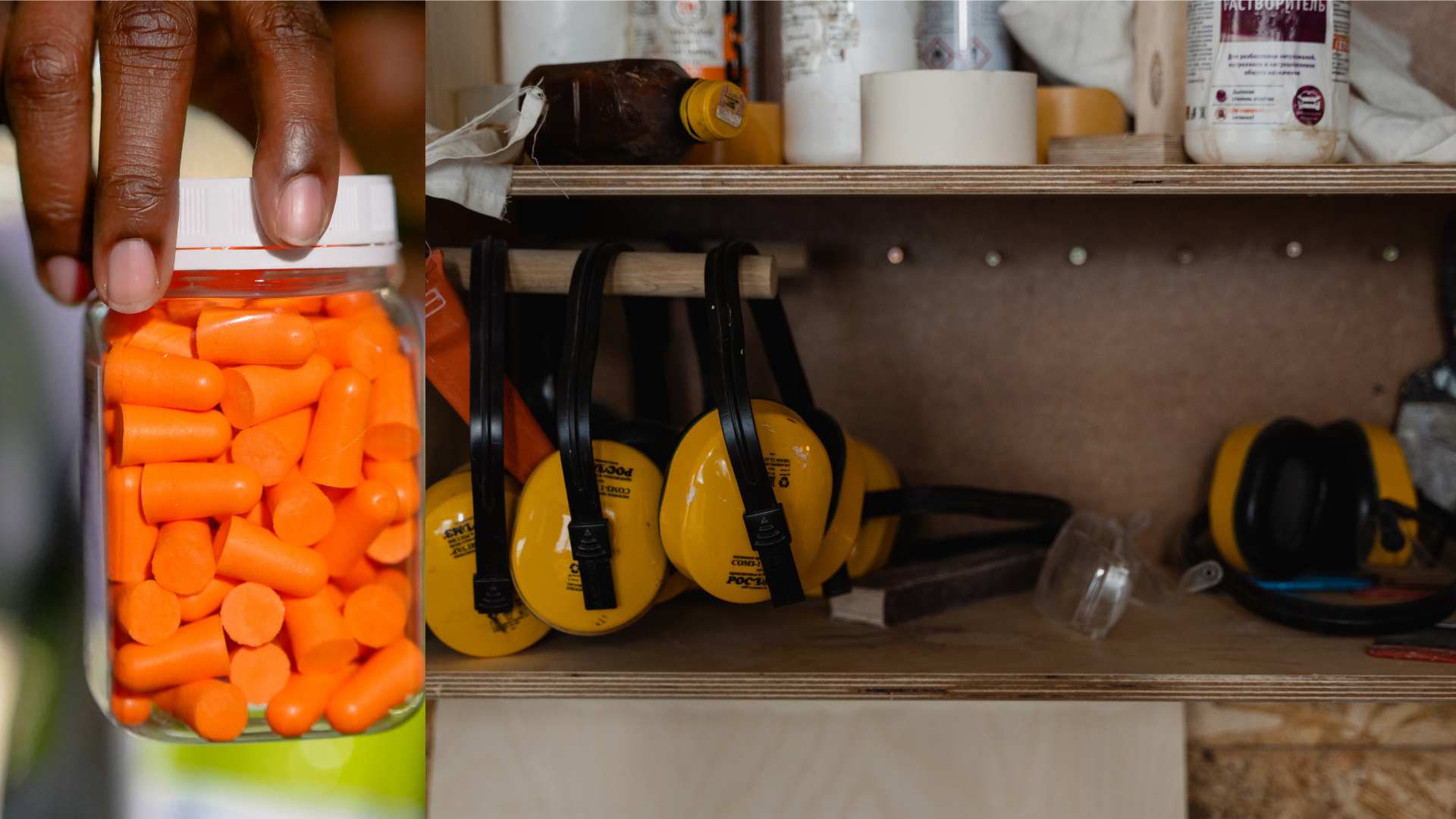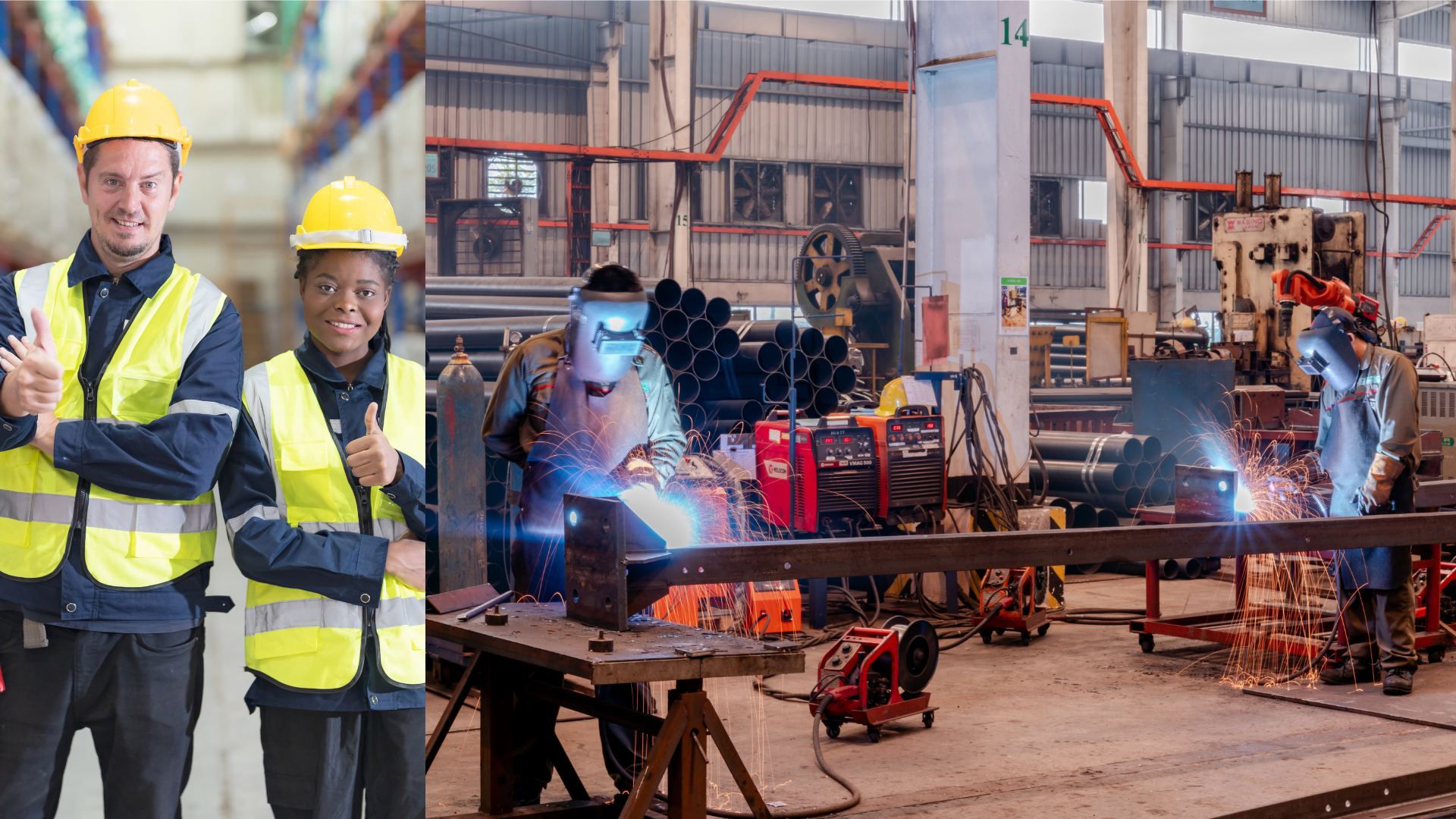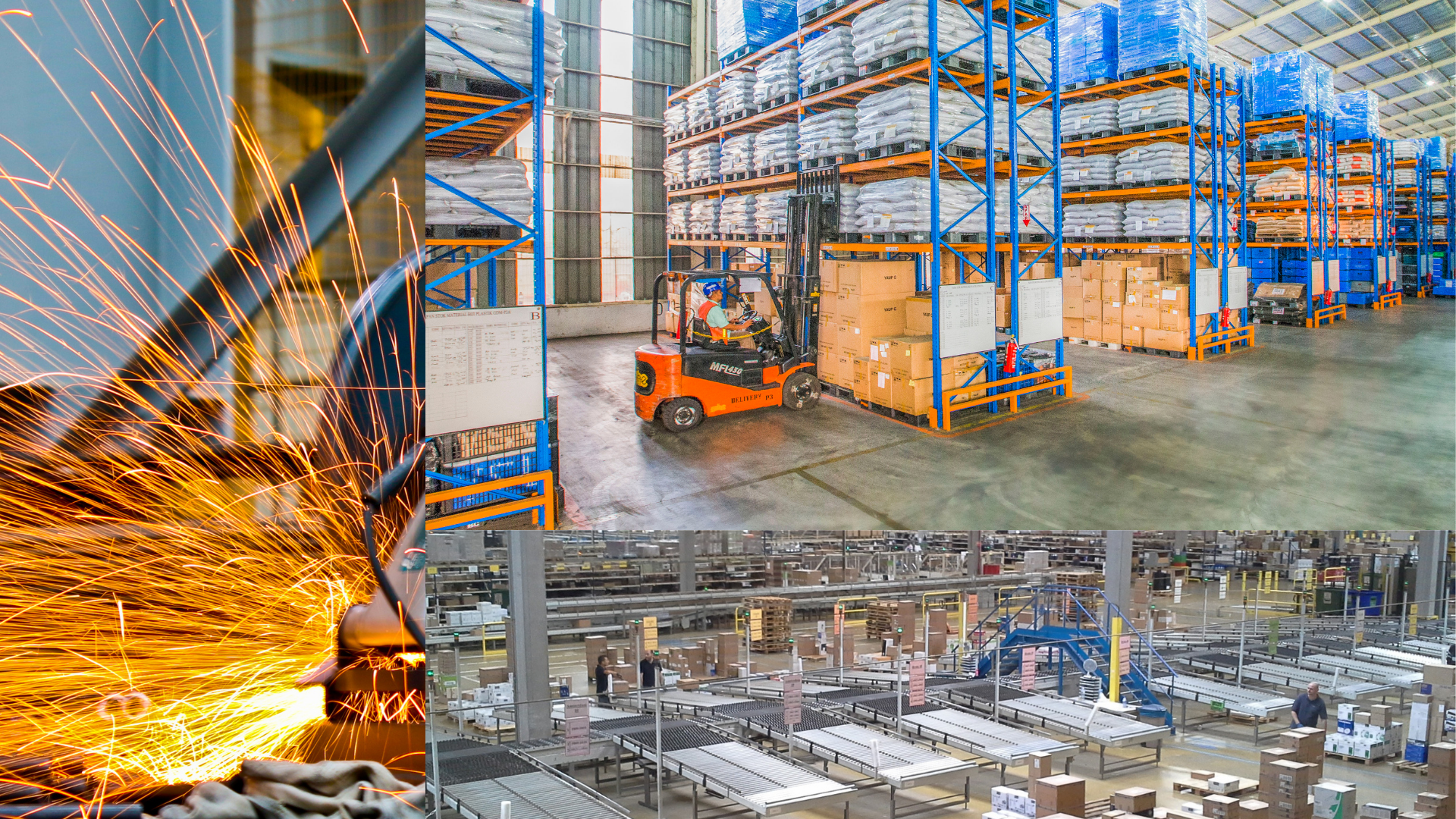All About Hearing Protection
We are constantly absorbing and processing sound throughout the day. From household appliances, to traffic, work environments, and listening to music; we are regularly exposed to varying levels of sound. Consistent or one-time absorption of loud noise can lead to hearing loss, a permanent medical condition that impacts over 40 million people.
Hearing loss typically happens gradually so it can take time to identify and address. This worsens the condition, further reducing the ability to hear which impacts all aspects of a person’s life. So, it is important to be proactive about your hearing health by being aware of noise levels and practicing safety measures.
How Loud is too Loud?
Sound is measured in units known as decibels (dB) and noise above 85 dB is potentially harmful for hearing. To grasp this volume level, a few important reference points on the spectrum of sound include:
- 0dB: near complete silence
- 30dB: whispers
- 50dB: normal conversation
- 85dB: city traffic, hair dryer
- 100dB: personal audio device playing music at full volume
- 120dB: concert, plane taking off
- 140dB : fireworks
Take a moment to think about the environments you navigate on a daily basis and the noise levels. We can easily be exposed to harmful levels of sound without being aware of how this impacts hearing health. In fact, according to the Hearing Health Foundation :
- 30 million people in the U.S. are exposed to hazardous noise levels in the workplace
- Nearly 50% of people aged 12-35 could be exposed to unsafe noise from personal listening devices
- 40% in this age group could be exposed to potentially damaging levels of sound at entertainment venues
Loud noise can damage the hair cells in the inner ear which play an integral role in how we process sound. There are thousands of hair cells in each ear and they help translate soundwaves into electrical signals that are then sent to the brain to register and assign meaning to. This is how we are able to understand what we hear and when these cells are damaged, the brain’s capacity to do this is disrupted.
Types of Ear Protection
There are numerous ways to protect your ears from absorbing excess sound. Wearing protective gear reduces the amount and impact of sound you collect. There is a wide range of ear protection with varying styles and sizes. It is important to find the most comfortable option for you. A few types of ear protection include:
- Earmuffs : cover your entire outer ear and fit most people.
- Earplugs : sit in the ear canal and are the smallest option available. There are reusable types that are pre-molded to ensure a comfortable fit.
- Headphones : there are various types and styles – over the ears, in the ears – as well as sizes.
These forms of ear protection can be made from a variety of materials including: foam, silicone, rubber, and plastic. It is all about finding what feels best for you and can be easily integrated into your daily life. You should wear ear protection if your workplace is noisy, while commuting, at concerts, and while participating in activities that are loud.
More Ways to Protect Hearing Health
In addition to protective gear for your ears, there are several ways to minimize the impact of sound and reduce your risk of hearing loss. A few ways include:
- Be aware of volume: especially when listening to music or podcasts, the volume should be lower than 85dB. You can download an app to measure sound!
- Noise cancelling headphones: investing in noise cancellation can be really useful. This feature reduces background noise which prevents you from having to increase the volume on your personal audio device. This helps ensure that you are listening at safe levels!
- Take listening breaks: it is important to give your ears and auditory system a break from processing sound all day. So, implement listening breaks where your environment is as quiet as can be.
- Have hearing assessed: incorporating hearing tests into your annual health screening is a great way to know what your hearing needs are.
Being proactive about your hearing health not only reduces your risk of hearing loss but protects your overall health! Especially for those who work in noisy industries, it is important to keep tabs on your hearing abilities with an annual hearing test. Contact us today to learn more.
The post All About Hearing Protection appeared first on Anadyne.


